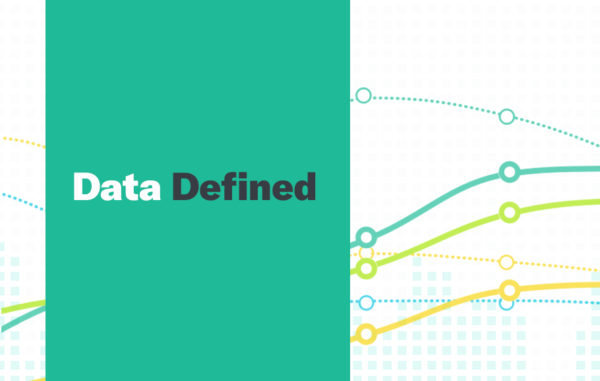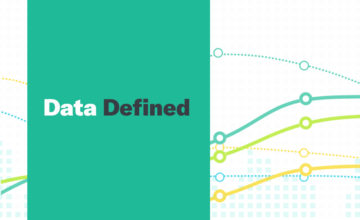Information Technology Infrastructure Library Defined
The ITIL (Information Technology Infrastructure Library) is a framework designed to standardize the selection, planning, delivery and maintenance of IT services within a business. The goal of ITIL is to improve efficiency and achieve best practices.
ITIL was developed in the 1980s by the British government’s Central Computer and Telecommunications Agency (CCTA). Since its development, the ITIL has gone through several revisions in its history, with the latest revision, ITIL 4, released in 2019.
The ITIL consists of five core publications. Each book collects best practices for each major stage of the IT service management (ITSM). The books and their core concepts are:
- Service Strategy: Describes business goals and customer requirements and how to align objectives of both entities.
- Service Design: Outlines practices for the production of IT policies, architectures and documentation.
- Service Transition: Advises on change management and release practices; guides admins through environmental interruptions and changes.
- Service Operation: Offers ways to manage IT services on a daily, monthly and yearly basis.
- Continual Service Improvement: Covers how to introduce improvements and policy updates within the ITIL process framework
The benefits of ITIL include:
- Better goal alignment between IT departments and the business
- Improved service timelines and customer satisfaction
- Reduced operational costs due to better resource utilization
- Increased visibility of IT costs and assets
- Streamlined service disruption response and management
- More flexible service environment that can easily adapt to change
In Data Defined, we help make the complex world of data more accessible by explaining some of the most complex aspects of the field.
Click Here for more Data Defined.


